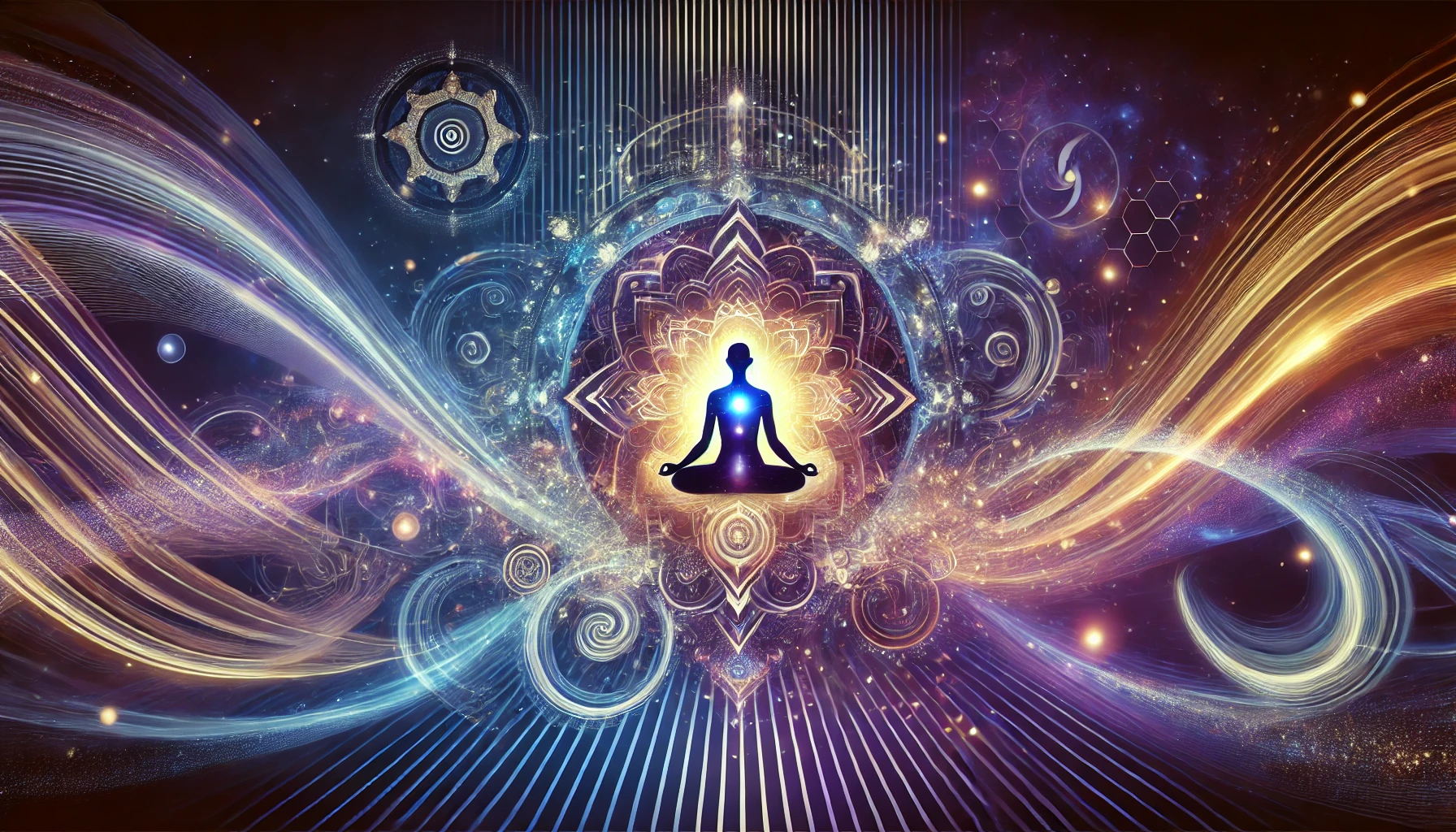
Yoga Sutra 1.19: Bhava Pratyayo Videha Prakriti Layanam~ Temporary Spiritual States
Introduction
Yoga Sutra 1.19 introduces a category of beings who experience a temporary form of Samadhi (meditative absorption) but have not yet achieved true liberation. This verse, “Bhava Pratyayo Videha Prakriti Layanam”, explains that some beings attain higher states of consciousness due to past karma but remain bound by nature (Prakriti). Understanding this sutra helps practitioners distinguish between temporary spiritual states and permanent liberation.
The Meaning of Yoga Sutra 1.19
The Sanskrit phrase “Bhava Pratyayo Videha Prakriti Layanam” can be broken down as follows:
- Bhava (भाव) – “Becoming, existence, or conditioned state”
- Pratyaya (प्रत्यय) – “Cause, cognition, or mental disposition”
- Videha (विदेह) – “Bodiless beings or those without a physical form”
- Prakriti (प्रकृति) – “Nature or the material world”
- Layanam (लयनम्) – “Dissolution, absorption, or merging”
A widely accepted translation is: “For bodiless beings (videha) and those who merge into nature (prakriti-laya), Samadhi arises due to past conditioning, but it is not yet ultimate liberation.”
This sutra highlights that some beings experience deep meditative absorption (Samadhi) due to their past tendencies but remain bound by nature and have not yet attained true spiritual freedom.
Understanding the Two Types of Beings
Patanjali describes two categories of beings in this sutra:
1. Videha (Bodiless Beings)
These are beings who exist without a physical body, often considered celestial beings, spirits, or advanced souls who have attained high states of Samadhi but are still influenced by subtle attachments.
2. Prakriti Laya (Merging into Nature)
These are beings who have dissolved into the subtle forces of nature (Prakriti) but have not yet realized Purusha (the true Self). They experience temporary peace but remain tied to the cycles of existence.
Examples to Understand the Meaning of This Sutra
To better grasp Yoga Sutra 1.19, consider these relatable examples:
Example 1: Temporary Spiritual Bliss
A person may experience deep meditation and moments of bliss but still return to old habits and attachments after meditation ends. This reflects how temporary Samadhi does not equate to permanent liberation.
Example 2: Mystical Experiences Without Transformation
Some individuals may have mystical visions, near-death experiences, or deep altered states of consciousness, but these do not necessarily free them from the cycle of suffering. True liberation requires self-realization beyond temporary experiences.
Example 3: Advanced Yogis Who Have Not Fully Transcended
A highly advanced yogi may enter profound meditation states where the sense of self dissolves, but if they still hold subtle identifications with the material world, they are not yet fully liberated.
Why This Sutra Matters
Yoga Sutra 1.19 is important because it teaches that not all deep meditative states lead to true enlightenment. Some beings may experience high levels of Samadhi due to past karma but still remain attached to subtle desires and identifications.
Key Takeaways:
- Temporary Samadhi (spiritual absorption) does not equal final liberation.
- Bodiless beings (Videha) and those merged in nature (Prakriti Laya) experience deep states of meditation but remain bound by karma.
- Ultimate freedom comes only through direct self-realization beyond nature and conditioned existence.
How to Apply Sutra 1.19 in Daily Life
To cultivate true liberation beyond temporary meditative states, practitioners can adopt the following habits:
1. Focus on Self-Realization, Not Just Meditative States
- Avoid seeking only blissful meditation experiences; go deeper into self-inquiry.
- Ask, “Who is the one experiencing this Samadhi?” to cultivate self-awareness.
- Develop inner wisdom, not just temporary states of absorption.
2. Let Go of Attachments to Spiritual Achievements
- Recognize that spiritual visions, bliss, or deep meditation states are steps, not the final goal.
- Stay grounded in humility and continue seeking deeper truths.
- Avoid identifying with mystical experiences as ultimate achievements.
3. Integrate Meditation into Daily Life
- Bring awareness into all actions, not just meditation sessions.
- Cultivate equanimity in both spiritual and worldly experiences.
- Develop a lasting sense of self-awareness beyond temporary highs and lows.
By integrating these principles, we develop true spiritual depth, inner balance, and ultimate liberation.
Conclusion
Yoga Sutra 1.19 explains that some beings experience high states of Samadhi due to past conditioning but have not yet attained liberation. True freedom requires self-realization beyond temporary meditative states.
Embracing “Bhava Pratyayo Videha Prakriti Layanam” as a guiding principle allows us to seek ultimate liberation rather than becoming attached to fleeting spiritual experiences.
